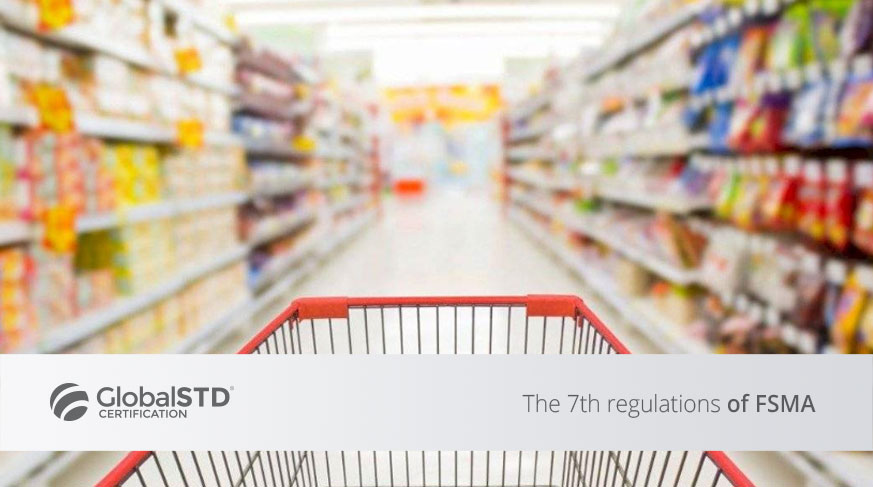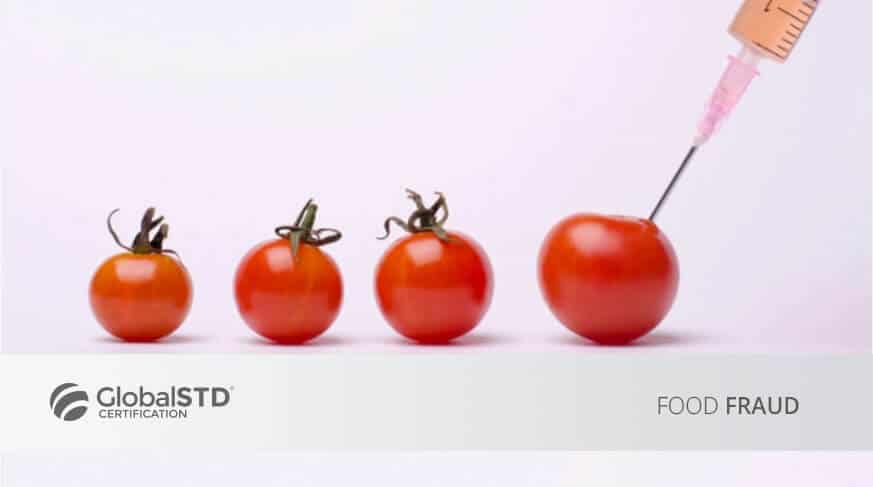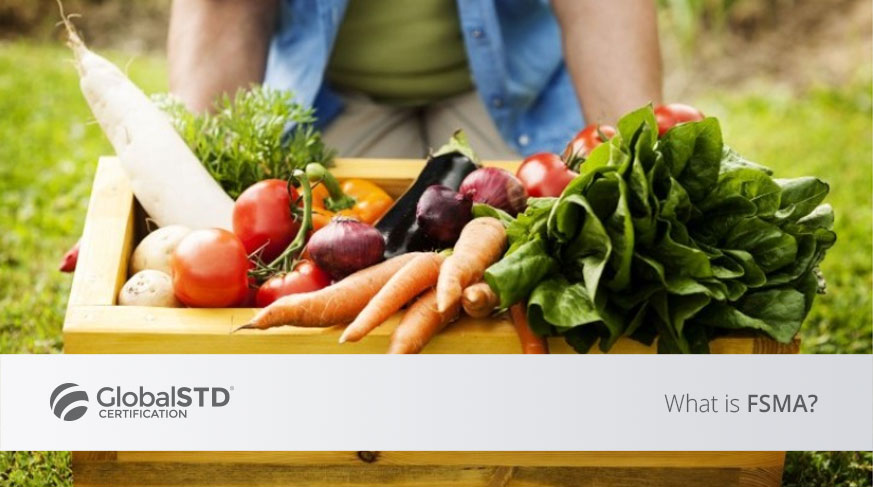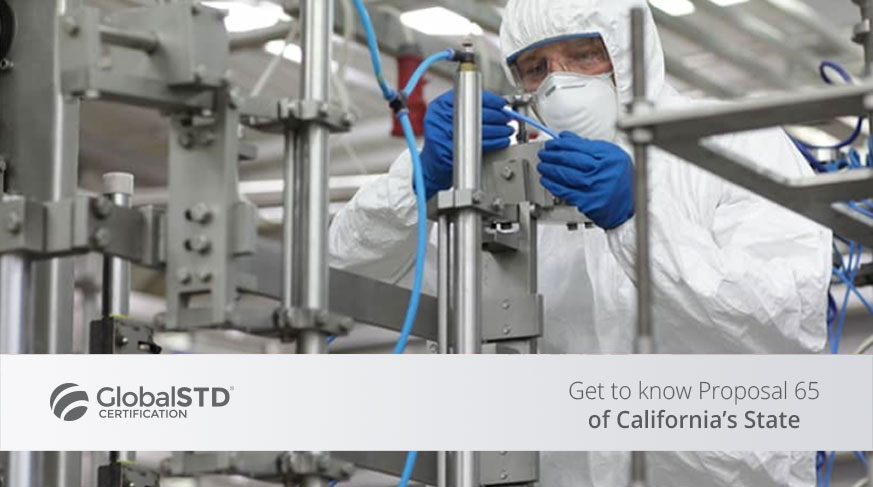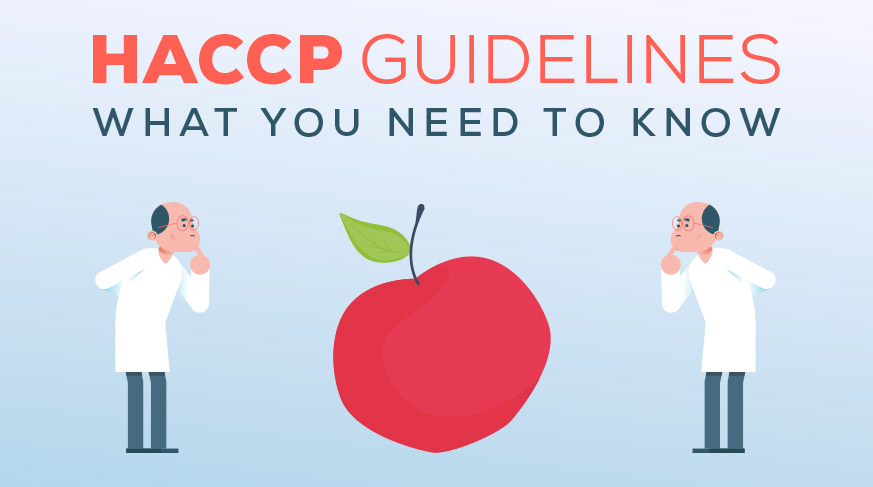President Obama in 2011 signed FMSA, a work regulation set that changed the American Food Safety Systems for more than 70 years. The FDA published seven major regulations under FSMA, each one establishes new requirements creating responsibility in the industry to prevent pollution of food suppliers, instead of reacting to these issues. *FSMA regulations do
Food fraud is deceiving to obtaining a benefit from food. There are different types of food fraud, like the following: Ingredients: by adding, substituting and adjusting; forgery of any ingredient to reduce cot or improve a feature. A false or misleading statement: to state a benefit or feature or origin in a label that’s
Recently, food allergies have prevailed, awakening people’s interest. Currently, about 2-4% of adults and 6% of kids suffered a any type of food allergy. Even though we have more information than ever about food causing allergies, this matter is still a complex and difficult topic. What provokes a food allergy? The immune system protects the
The benefits of nanotechnology for the food industry are many and are expected to grow with time. This new, rapidly developing technology impacts every aspect of the food system from cultivation to food production to processing, packaging, transportation, shelf life and bioavailability of nutrients. The National Nanotechnology Initiative in the U.S. defines nanotechnology as the
The Food Safety Modernization Act (FSMA of the FDA) a law issued by the President of the United States, Barack Obama, on January 04th, 2011. This regulated change had the aim to transform food safety. The industry shall use effective actions to prevent pollution instead of fighting it. FSMA of the FDA has preventive controls
Food Safety means the absence of health hazards. Food can be risky for consumers when it’s altered, contaminated, and altered. Altered food by intentionally causes altered in its organoleptic features (taste, color, odor, and texture) chemical composition or nutrition’s value (even if it’s safe, it shouldn’t be used). Contaminated food by accident holding microorganisms, chemical,
The 65 proposals of California’s state come into force in 1985 protecting water and food. This action exposes carcinogenic substances that caused birth deformities or any other reproductive disorder. The office overseeing the reviewed and published list of Environmental Health Hazard Assessment (ORHHA), requested once a year, to the state of California, an updated list
What’s a market recall? What’s the procedure suitable? In case of a recall, it’s important to have implemented two systems in our facilities. Identification and tracking system This system allows us to track and identify the raw material and packaging materials, which are in direct contact with the product at the facilities since we received
A common question among organizations when auditing: the difference between an operational and a program requirement? The differences are highlighted among them, but the main one is that the operational prerequisites proceeds from hazard analysis and the pre-requirement program refer to the first protection layer creating a favorable environment when manufacturing food. Some
HACCP meaning: Hazard Analysis and Critical Control Points. HACCP plan manages food safety by identifying, analyzing, and controlling physical, chemical, biologic and radiological hazards that could harm food. HACCP inspects raw material, the manufacturing stages, distribution, and finished product consumption. Who can use HACCP? The HACCP system applied to the industry focused on food production

